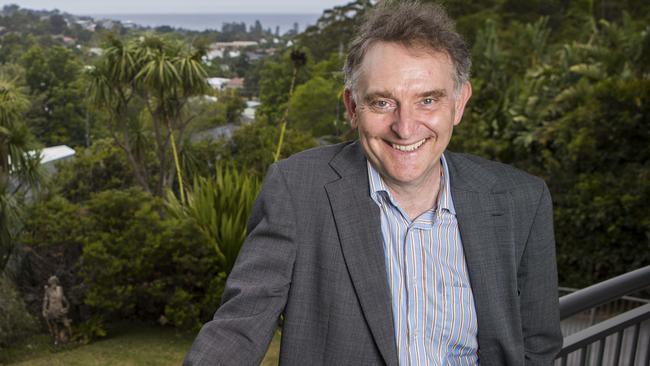The Adelaide suburbs that will be hit hardest by interest rate rises
The Reserve Bank is tipped to lift its official interest rate within months, and the suburbs where stress will rise may surprise you.
Lifestyle
Don't miss out on the headlines from Lifestyle. Followed categories will be added to My News.
Looming interest rate rises are set to tip thousands more South Australians into mortgage stress as they struggle to juggle higher repayments with other cost of living pressures.
New data from research firm Digital Finance Analytics shows an extra 9300 SA households would become stressed by rate rises totalling 1 per cent, which is widely expected from the Reserve Bank within a year, and the hardest-hit suburbs won’t be the traditional battlers.
Mortgage stress will surge in seaside suburbs such as Glenelg, Glenelg North, Seacliff, Marino and Seaview Downs, the research found, and the number of stressed households will double in Blackwood, Coromandel Valley and Hawthorndene.
Digital Finance Analytics principal Martin North said affected borrowers would be more affluent with large mortgages “and not just people on the urban fringe”.
“Younger, educated families are where a lot of the first-time buyers are,” he said.
Mortgage-stressed households are those with a home loan that spend more each month than the income they receive. Among SA’s 725,000 households, 286,000 have home loans and 132,000 are already in mortgage stress, DFA says.
Postcodes 5108 and 5114 – which include Salisbury, Smithfield, Paralowie and Andrews Farm – have the most mortgage-stressed households with more than 10,000 between them, but a 1 per cent rate rise would not increase that number.
Mr North said this was because many people living in these suburbs had been “shadow-banned by lenders in the last couple of years”.

“Lenders have already assumed they are going to have more difficulty, so it’s much harder to get a mortgage in one of those areas,” he said.
“About 41 per cent of households across the country are in mortgage stress at the moment, which is 10 per cent higher than before Covid hit. The average mortgage is about 50 per cent bigger than it was before Covid.”
Mortgage broker Financia’s managing director, Angelo Benedetti, agreed that people in affluent suburbs with huge price rises would be hit hard by rate rises.
“They are borrowing a lot more than they would normally borrow,” he said.
But many people built in their own safeguards against rising interest rates, Mr Benedetti said.
“Banks factor in a 3 per cent buffer, and we are encouraging clients to pay a lot extra,” he said.
“We are still talking very, very low rates so it shouldn’t hurt too many people, but if they spend like they were before the pandemic and want to spend $15,000 on overseas travel plans, it will impact them – especially if they now have a big mortgage.”
Mr Benedetti said he was seeing huge growth in property prices and mortgage sizes in Adelaide’s eastern and western suburbs.
New data from credit agency Equifax shows demand for mortgages is still up 30 per cent on pre-Covid levels, and rose 4.7 per cent in SA during the December quarter.





